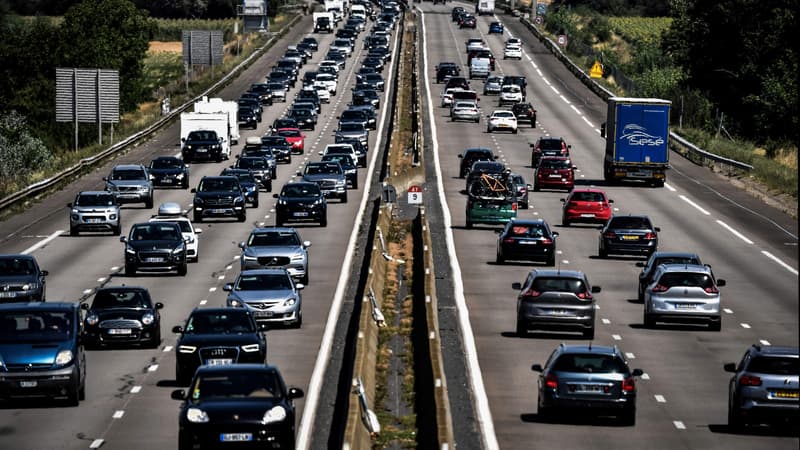Difficult to refuel in recent days, with in some regions almost one in two service stations without at least one fuel. A good reason to practice ecological driving, that is, to try to reduce your consumption as much as possible during a trip. What delays your passage to the pump, but also an eco-gesture as good for the planet as for your pocket.
Here are some tips, which can be found on the Ademe website. By applying them, this can save up to 5 full tanks per year, estimates the public agency for the ecological transition.
Soft start
When starting, it is recommended to drive at a moderate speed for the first 5 km. “With a cold engine, overconsumption in the city can reach 45% in the first kilometer, 25% in the second”, specifies Ademe.
Moderate your accelerations
As a general rule, even after soft start, it is advisable to moderate accelerations:
“Start the engine without stepping on the accelerator, choose the right speed and above all do not ‘pull’ the gears, drive at a constant speed, anticipate slowdowns, use the engine brake by decelerating with your feet up with a gear engaged”, sums up addition
Some figures to take into account: “aggressive driving in the city can increase consumption by up to 40%, that is, 4 euros of unnecessary expenses and 7 kg of CO2 emitted in excess for 100 kilometers”.
Reduce your speed in the fast lane
Without waiting for the speed limit to be lowered to 110 km/h on the highway or not, everyone can now freely moderate their speed on the highways. Although it is not advisable to drive too slowly on this type of road so as not to surprise other motorists, only the left lane is subject to a minimum authorized speed of 80 km/h in the Highway Code.
Already reducing its speed by 10 km/h, going from 130 to 120 km/h, we can already save up to 5 liters of fuel, Ademe points out.
Driving with tires that are not inflated enough increases the risk of punctures and is therefore dangerous. But it also penalizes consumption.
“An underinflation of 0.5 bar (dangerous underinflation) is 2.4% of additional consumption, or 33 euros and 58 kg of CO2 per year,” says Ademe.
Don’t forget to check your tire pressure regularly, at least once every two months or before a big ride. As a reminder, it must be done with cold tires (or after a maximum of 3 kilometers).
Do not load the vehicle unnecessarily
The consumption of a vehicle is logically linked to the weight transported. Therefore, it is advisable to take on board only what is strictly necessary. Tidying up the trunk or thinking about removing roof racks or other accessories when you return from vacation can help.
“100 kg more is 5% more fuel consumption,” summarizes Ademe.
Take good care of your vehicle
Regular vehicle maintenance helps promote good engine performance.
Poor maintenance can cause up to 25% overconsumption. Ademe cites in particular the clogged air filter, which can consume 3% more.
Source: BFM TV


